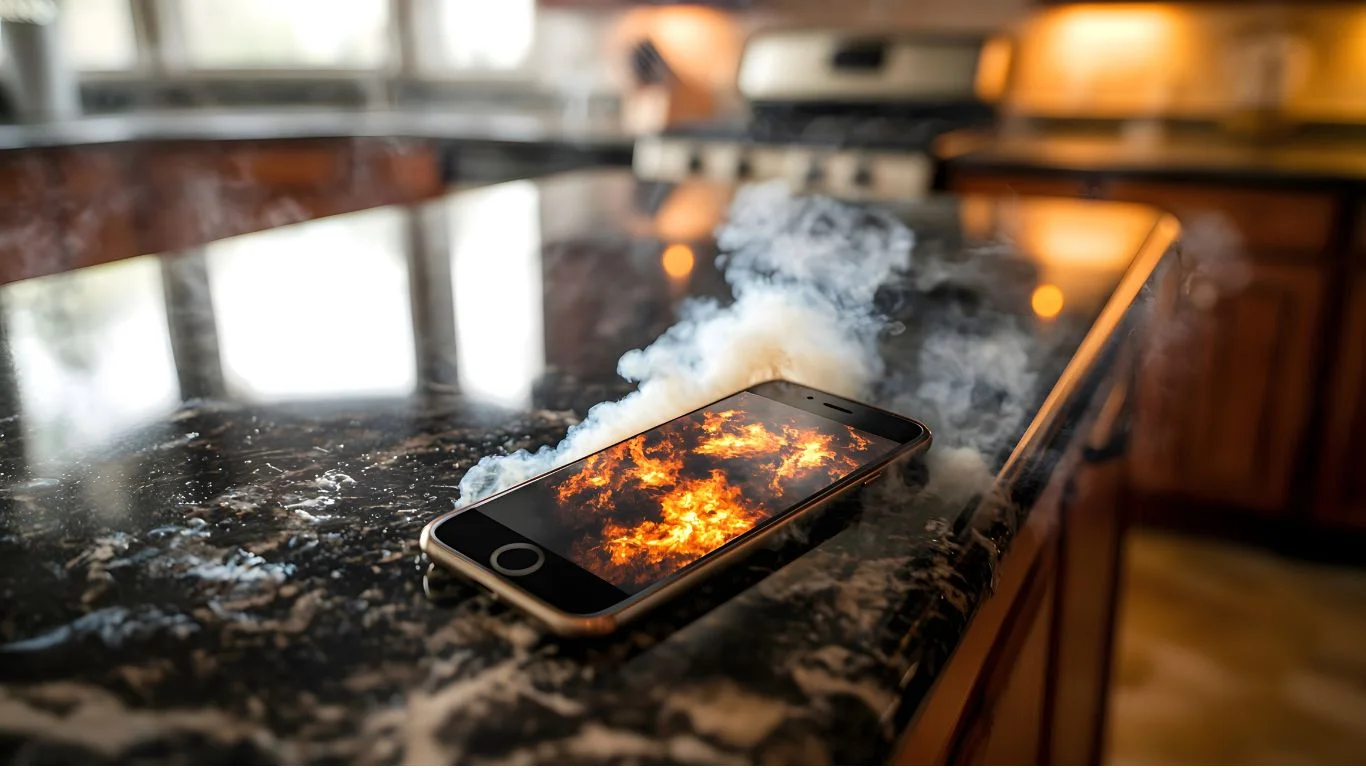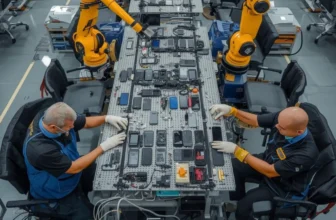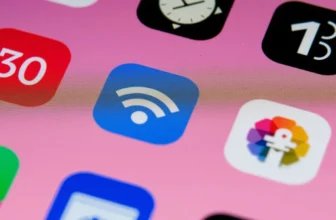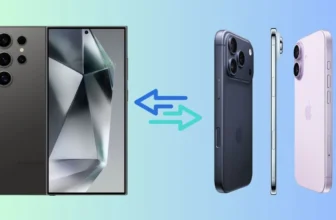
Smartphones have become an essential part of our daily lives, serving as tools for communication, entertainment, work, and more. However, as powerful as they are, they can sometimes overheat. Overheating in smartphones can lead to performance issues, battery degradation, and in extreme cases, internal damage. Preventing your smartphone from overheating is important to ensure its longevity and smooth operation. Here are some practical steps you can take to prevent your phone from overheating.
Keep Your Smartphone Out of Direct Sunlight
Direct exposure to sunlight can increase the temperature of your smartphone quickly. While it’s tempting to leave your phone on the dashboard of your car or in the sun while you’re outdoors, this can raise the internal temperature of the device, potentially causing it to overheat. Always store your phone in a shaded area or bag when outside for extended periods.
Remove the Phone Case When Charging
Phone cases are great for protecting your device, but they can also trap heat, especially when the phone is charging. The charging process generates heat, and when a case is on, it prevents the heat from dissipating effectively. Consider removing the case while charging, or use a case specifically designed with ventilation or heat dissipation features.
Avoid Using Your Phone While Charging
While it may seem convenient to use your smartphone for watching videos, playing games, or browsing the web while it’s charging, this can cause the device to overheat. Using apps that require heavy processing power, like gaming apps or video streaming, while charging can generate excessive heat. It’s better to avoid intensive activities while your phone is plugged in.
Close Unused Apps and Limit Background Processes
Running too many apps or processes in the background can put a strain on your smartphone’s processor, leading to increased heat generation. Ensure that you close any apps you’re not using to reduce the load on your phone’s CPU. In many smartphones, you can manage background apps and processes from the settings menu. Some smartphones even allow you to turn off automatic app refresh, which can also reduce the workload on your device.
Disable Unnecessary Features
Some features, like Bluetooth, Wi-Fi, and location services, can consume significant amounts of power and cause your smartphone to overheat if left on continuously. If you are not using these features, it’s a good practice to turn them off. Also, disable push notifications, especially for apps that are constantly checking for updates.
Use Battery Saving Mode
Modern smartphones come with built-in battery-saving modes that can limit unnecessary background processes and adjust the phone’s performance to prevent overheating. If you notice your phone getting hot, consider turning on battery-saving mode. This will help reduce the power demand and ensure the phone doesn’t overheat during use.
Read: iOS 19 Preview
Keep Your Phone Software Updated
Software updates often include performance improvements and bug fixes that can address issues related to overheating. Manufacturers also optimize their devices through software to ensure they run efficiently and remain cool. Therefore, it is important to regularly check for and install updates to keep your smartphone running smoothly.
Checkout: Will Smartphones Replace Laptops?
Avoid High-Performance Activities for Extended Periods
If you are using your smartphone for high-performance tasks like gaming, video editing, or augmented reality applications, take breaks. Continuous usage of demanding apps or games can cause your smartphone to heat up. Give your phone some time to cool down between these activities to avoid thermal throttling or overheating.
Know More: Apps That Help You Save Battery
Avoid Overcharging Your Phone
Overcharging can cause your battery to overheat, especially if your device is charged overnight. While many smartphones today are designed to handle overcharging better, it’s still a good idea to unplug the device once it reaches 100%. Consider using a smart plug or charger with automatic shut-off features to prevent overcharging.
More About: The Best Antivirus Apps for Mobile
Use Airplane Mode During Charging or Intensive Tasks
When charging your phone or performing resource-heavy tasks, consider switching to airplane mode. This disables features like calls, text messages, and Wi-Fi, reducing the strain on the processor and battery. It’s a simple trick that can prevent your smartphone from overheating during heavy usage.
Read More: Two-Factor Authentication on Mobile
Conclusion
Smartphones are complex devices, and preventing them from overheating requires a combination of mindful usage and maintenance. By following these steps—keeping your phone out of direct sunlight, avoiding excessive multitasking, and using power-saving features—you can ensure your smartphone stays cool, functions optimally, and lasts longer. Being proactive about your phone’s temperature is a small effort that can make a big difference in its overall performance and longevity.
FAQs on How to Prevent Overheating in Your Smartphone
Overheating in smartphones is caused by excessive usage, high-performance apps, environmental factors like direct sunlight, or poor ventilation. Continuous charging or running multiple apps simultaneously can also contribute to heat buildup.
Yes, prolonged overheating can degrade your smartphone’s battery life, affect its performance, and cause internal damage. It can also lead to unexpected shutdowns and, in extreme cases, permanent hardware failure.
If your smartphone overheats, turn it off and allow it to cool down naturally. You can place it on a flat, cool surface or in a shaded area to speed up the cooling process. Avoid using it until it reaches a safe temperature.
Yes, some phone cases can trap heat, particularly if the phone is charging or running intensive apps. To prevent this, remove the case when charging or use a case with heat-dissipation features.
Yes, software updates often include optimizations that can improve the efficiency of your smartphone, reduce overheating, and fix bugs that may contribute to excessive heat generation.






